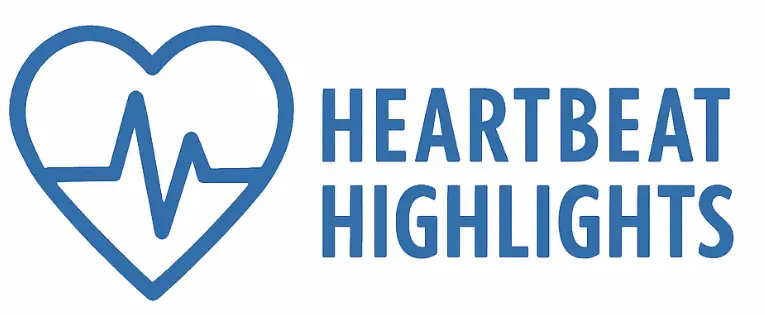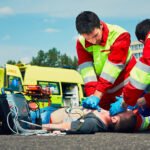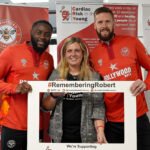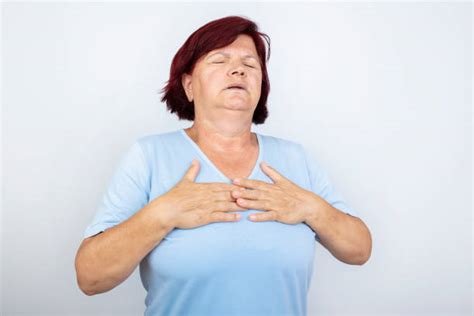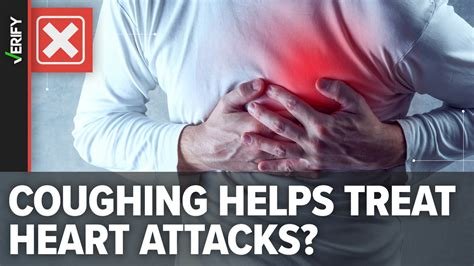How social media and mobile apps are turning everyday people into life-saving responders during cardiac emergencies.
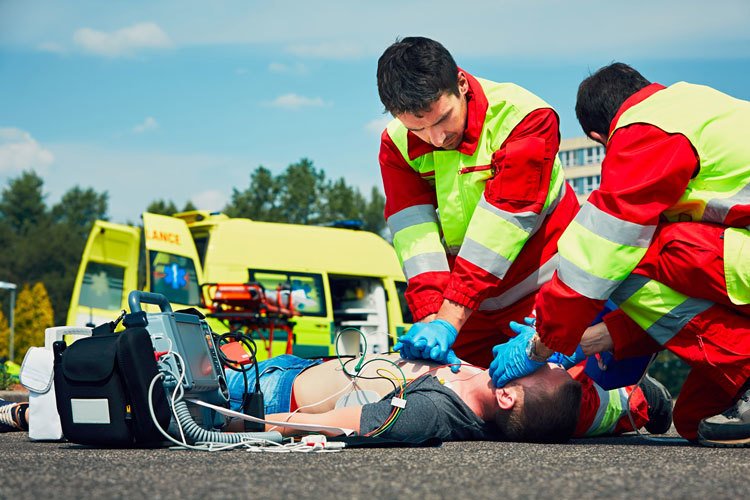
Introduction: The Heartbeat Behind the Screen
Imagine you’re scrolling through your phone, watching a friend’s live stream from a street festival. Suddenly, the mood changes — someone in the crowd collapses. Within seconds, the video is shared, tagged, and amplified, catching the attention of people nearby who rush to help before paramedics arrive.
This isn’t a scene from a movie — it’s the emerging reality of crowdsourced heart emergency response. Thanks to social media, GPS-enabled apps, and instant notifications, more bystanders are becoming first responders, cutting down the most critical minutes between cardiac arrest and medical care.
Why does this matter? Because in out-of-hospital cardiac arrest (OHCA), survival rates drop by 7–10% with every passing minute without CPR or defibrillation. In the digital age, the “chain of survival” is getting a powerful new link: you, your phone, and your feed.
Understanding Cardiac Emergencies
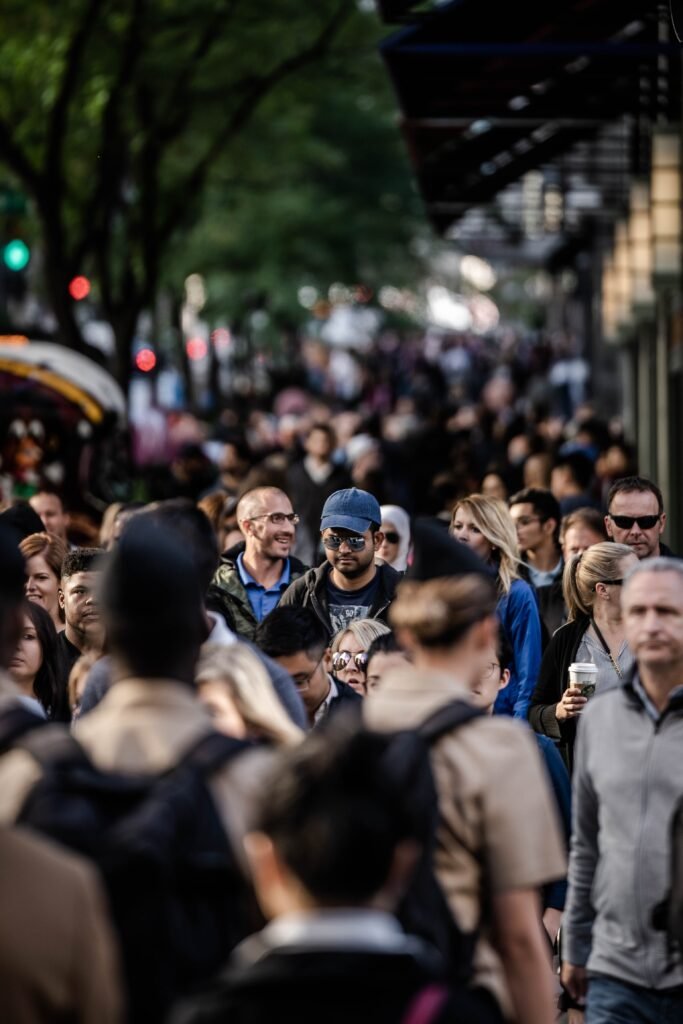
Before we dive into the tech, let’s clarify what’s at stake. A cardiac emergency occurs when the heart suddenly stops pumping effectively. The most urgent scenarios include:
- Sudden Cardiac Arrest (SCA): The heart’s electrical system malfunctions, causing it to stop beating effectively. This is different from a heart attack, though a heart attack can trigger SCA.
- Ventricular Fibrillation (VF): A chaotic rhythm that must be corrected by a shock from a defibrillator.
- Severe Arrhythmias: Irregular heartbeats that can rapidly deteriorate into life-threatening conditions.
In these moments, time is everything. The goal is to restore circulation as quickly as possible through CPR (Cardiopulmonary Resuscitation) and, if available, AED (Automated External Defibrillator) use
How Crowdsourced Response Works
Crowdsourced cardiac emergency response combines technology, community, and urgency. Here’s how it usually unfolds:
- Detection: An emergency is identified — this could be via a live video, a social media post, or, more formally, an app-linked emergency alert.
- Alert Distribution: GPS-enabled apps notify trained or willing volunteers who are within a short walking distance.
- Action: Responders provide CPR or use a nearby AED until professional help arrives.
Amplification: In some cases, social media posts or messages help locate additional resources — like identifying the nearest AED through crowd input.
The Role of Social Media Platforms
Social media isn’t just for sharing news after the fact — it’s becoming a real-time alert system.
- Live Streaming Incidents: Witnesses can quickly broadcast an emergency, alerting friends or local followers.
- Geotagged Posts: Sharing a location with an urgent message can draw nearby help.
- Community Groups: Many cities have neighborhood-based Facebook or WhatsApp groups that mobilize instantly for emergencies.
Example: In several countries, local running clubs and sports communities on WhatsApp have used their networks to coordinate emergency CPR when a runner collapsed mid-event.
Mobile Apps Leading the Charge
Several dedicated platforms are transforming cardiac emergency response:
- PulsePoint: Alerts trained volunteers to nearby emergencies and AED locations.
- GoodSAM: Used globally, connects people in cardiac arrest with trained responders within minutes.
- Staying Alive: Combines AED mapping with volunteer mobilization.
These apps have documented hundreds of lives saved by reducing the time between collapse and intervention.
Why It Works: Speed + People Power
- Bystander CPR Doubles Survival Chances: Multiple studies show that early CPR can double or triple the chances of survival after OHCA.
- AED Use Within 3 Minutes: The odds of survival are highest when an AED is used within the first 3–5 minutes.
- Social Proof in Action: Seeing others respond (even virtually) can prompt faster action from bystanders.
Real-Life Stories
The Park Jogger Save:
A runner collapsed in a public park. A passerby posted an urgent request in a local fitness group. Two members within 300 meters, both CPR-trained, arrived within two minutes, performing CPR until EMS arrived. The runner survived — and later met his rescuers in the same park.
Concert Crowd Lifeline:
At a music festival, a security guard posted an AED request in a staff group chat. A volunteer with the nearest AED navigated through the crowd with the help of live location sharing.
The Challenges We Need to Address
Crowdsourced emergency response has huge potential, but it’s not without challenges:
- Misinformation: False or unclear alerts can delay real help.
- Privacy Concerns: Sharing videos of emergencies can violate the dignity of the person involved.
- Skill Gaps: Not all volunteers have proper CPR or AED training.
Solution? Ongoing public education, clear app guidelines, and privacy-safe alert methods.
How You Can Be Part of It
You don’t need to be a doctor to help — but you do need preparation:
- Get CPR and AED Training: Many organizations offer short, hands-on courses.
- Download a Response App: Register as a responder if you’re willing and able.
- Know Your Nearest AED Locations: Many apps have maps; some gyms and community centers have AEDs.
Share Responsibly: If using social media in an emergency, be concise, clear, and mindful of privacy.
The Future of Crowdsourced Heart Emergency Response
The next frontier could include:
- Integration with Wearables: Smartwatches detecting arrhythmias could auto-alert volunteers.
- AI-Powered Dispatch: Filtering false alarms and routing help more efficiently.
Global AED Mapping: Ensuring no one is more than a few minutes away from a defibrillator.
Conclusion: Your Feed Could Save a Life
The idea that a post, a ping, or a push notification could mean the difference between life and death is no longer far-fetched. In the age of digital connection, your network isn’t just social — it’s lifesaving.
So next time your phone buzzes with an alert, remember: you might be the closest help someone will get. And that makes you more than a bystander — it makes you a link in the chain of survival.
References
- Perkins GD, et al. European Resuscitation Council Guidelines for Resuscitation 2021. Resuscitation. 2021.
- American Heart Association. Highlights of the 2020 Guidelines for CPR and ECC.
- Ringh M, et al. Mobile-phone dispatch of laypersons for CPR in out-of-hospital cardiac arrest. N Engl J Med. 2015.
- Zijlstra JA, et al. AED and volunteer network in the Netherlands. Circulation. 2014.
Disclaimer
This article is for educational purposes only and should not be used as a substitute for professional medical training or advice. Always seek emergency services in case of a suspected cardiac event.
